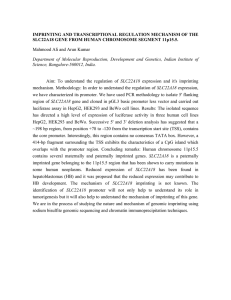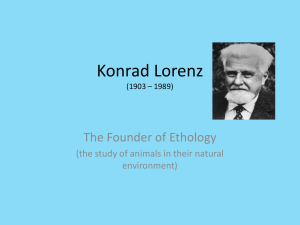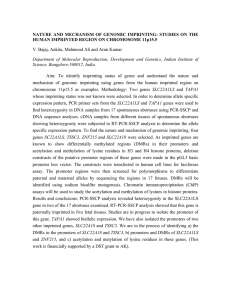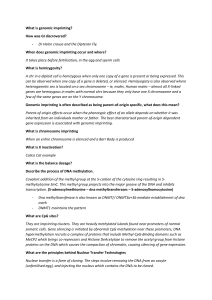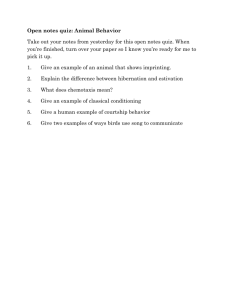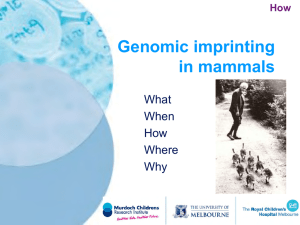2014.10.16 論文評述心得報告 環醫所博士班研究生 黃建程
advertisement
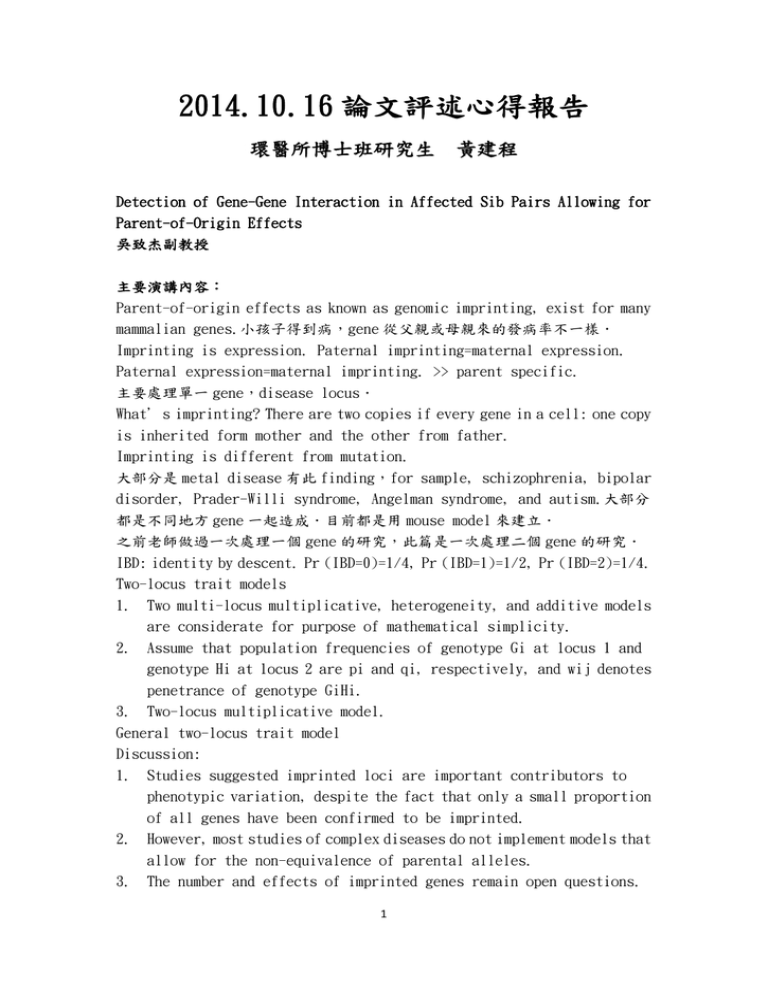
2014.10.16 論文評述心得報告 環醫所博士班研究生 黃建程 Detection of Gene-Gene Interaction in Affected Sib Pairs Allowing for Parent-of-Origin Effects 吳致杰副教授 主要演講內容: Parent-of-origin effects as known as genomic imprinting, exist for many mammalian genes.小孩子得到病,gene 從父親或母親來的發病率不一樣. Imprinting is expression. Paternal imprinting=maternal expression. Paternal expression=maternal imprinting. >> parent specific. 主要處理單一 gene,disease locus. What’s imprinting? There are two copies if every gene in a cell: one copy is inherited form mother and the other from father. Imprinting is different from mutation. 大部分是 metal disease 有此 finding,for sample, schizophrenia, bipolar disorder, Prader-Willi syndrome, Angelman syndrome, and autism.大部分 都是不同地方 gene 一起造成.目前都是用 mouse model 來建立. 之前老師做過一次處理一個 gene 的研究,此篇是一次處理二個 gene 的研究. IBD: identity by descent. Pr (IBD=0)=1/4, Pr (IBD=1)=1/2, Pr (IBD=2)=1/4. Two-locus trait models 1. Two multi-locus multiplicative, heterogeneity, and additive models are considerate for purpose of mathematical simplicity. 2. Assume that population frequencies of genotype Gi at locus 1 and genotype Hi at locus 2 are pi and qi, respectively, and wij denotes penetrance of genotype GiHi. 3. Two-locus multiplicative model. General two-locus trait model Discussion: 1. Studies suggested imprinted loci are important contributors to phenotypic variation, despite the fact that only a small proportion of all genes have been confirmed to be imprinted. 2. However, most studies of complex diseases do not implement models that allow for the non-equivalence of parental alleles. 3. The number and effects of imprinted genes remain open questions. 1 4. The stronger the parent-of-origin effects, the more severe the power loss for the usual models that ignore parent-of-origin effects. 心得與討論: 經由吳老師詳細的解釋,讓我們何謂 Parent-of-Origin Effects.另外,以下 是我查到的 Genomic imprinting 的解釋: Genomic imprinting is an epigenetic phenomenon by which certain genes can be expressed in a parent-of-origin-specific manner. It may also ensure transposable elements remain epigenetically silenced throughout gametogenic reprogramming to maintain genome integrity. It is an inheritance process independent of the classical Mendelian inheritance. In Homo sapiens, imprinted alleles are silenced such that the genes are either expressed only from the non-imprinted allele inherited from the mother (e.g. H19 or CDKN1C), or in other instances from the non-imprinted allele inherited from the father (e.g. IGF-2). However, in plants parental genomic imprinting can refer to gene expression both solely or primarily from either parent's allele. Forms of genomic imprinting have been demonstrated in fungi, plants and animals. Genomic imprinting is an epigenetic process that can involve DNA methylation and histone modulation in order to achieve monoallelic gene expression without altering the genetic sequence. These epigenetic marks are established in the germline and can be maintained through mitotic divisions. Appropriate expression of imprinted genes is important for normal development, with numerous genetic diseases associated with imprinting defects including Beckwith–Wiedemann syndrome, Silver–Russell syndrome, Angelman syndrome and Prader–Willi syndrome. 以前我們了解的遺傳方式不外乎顯性、隱性及性聯遺傳.然而,就臨床的觀察, 基因遺傳的形式並沒有這麼簡單.尤其是精神疾病,以往常常認為跟生理構造無 關,但目前慢慢發現,這些精神疾病事實上還是生理構造有異常,而且跟遺傳有 相關.解開此謎團並不容易,因為這些基因研究錯綜複雜.吳老師的研究讓我們 眼界大開,希望未來有機會受老師指導,對這有趣的議題能有更深入了解. 2
